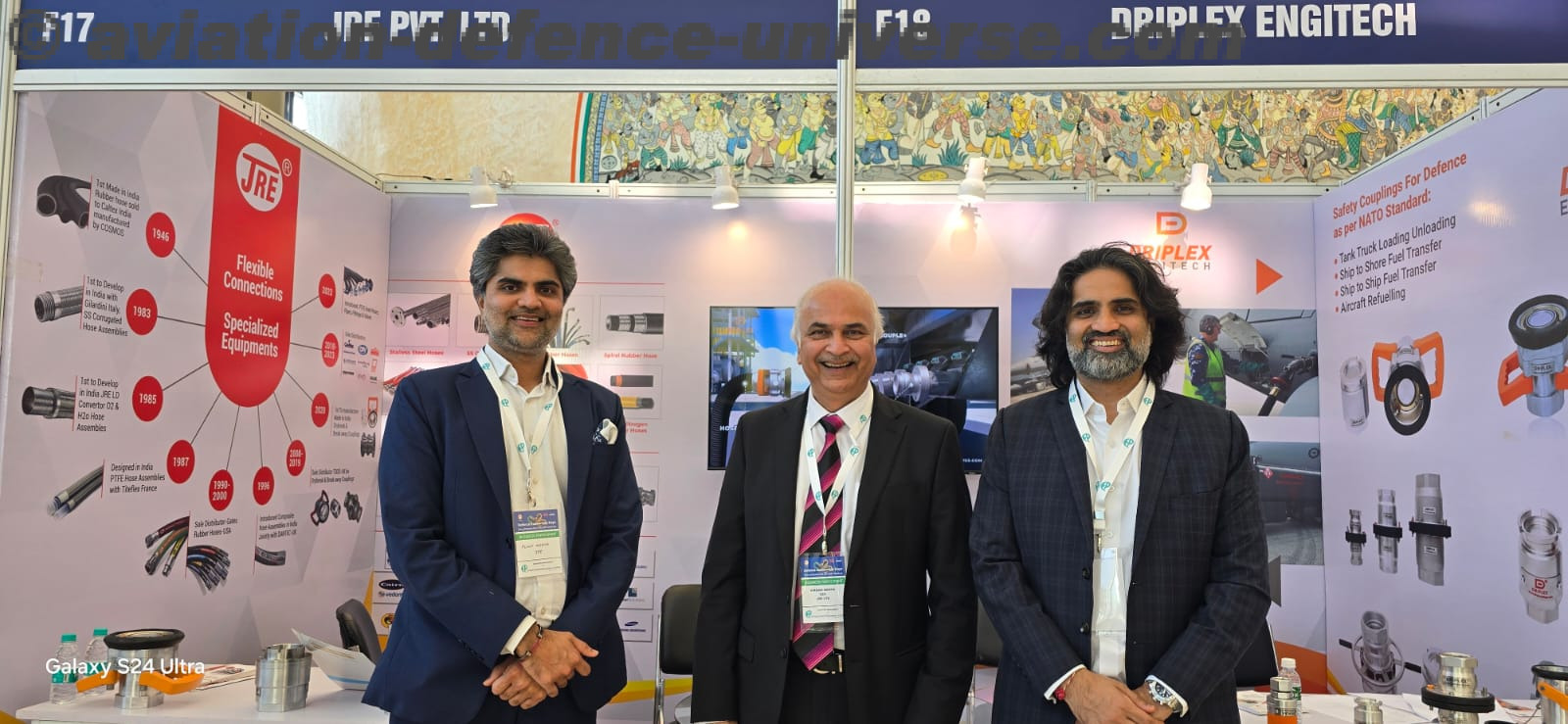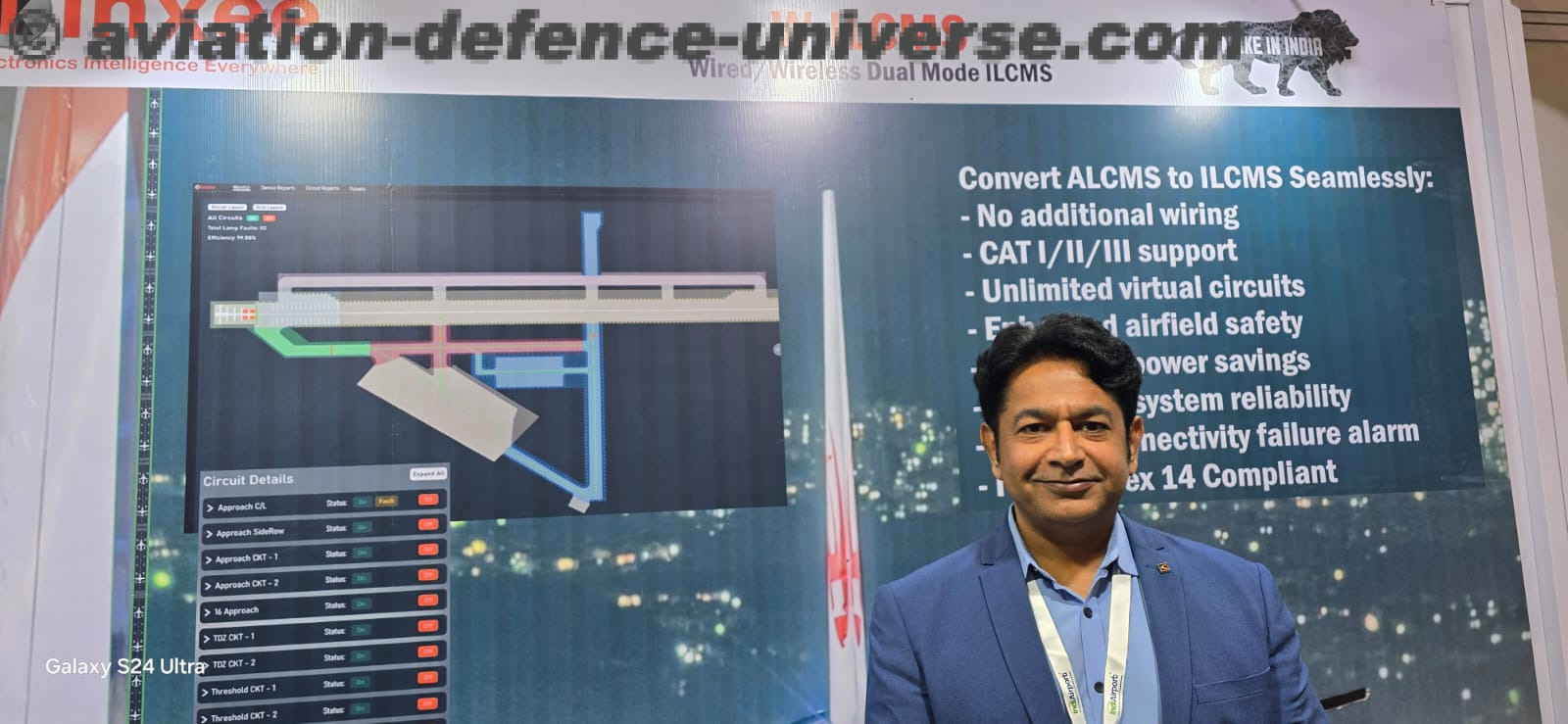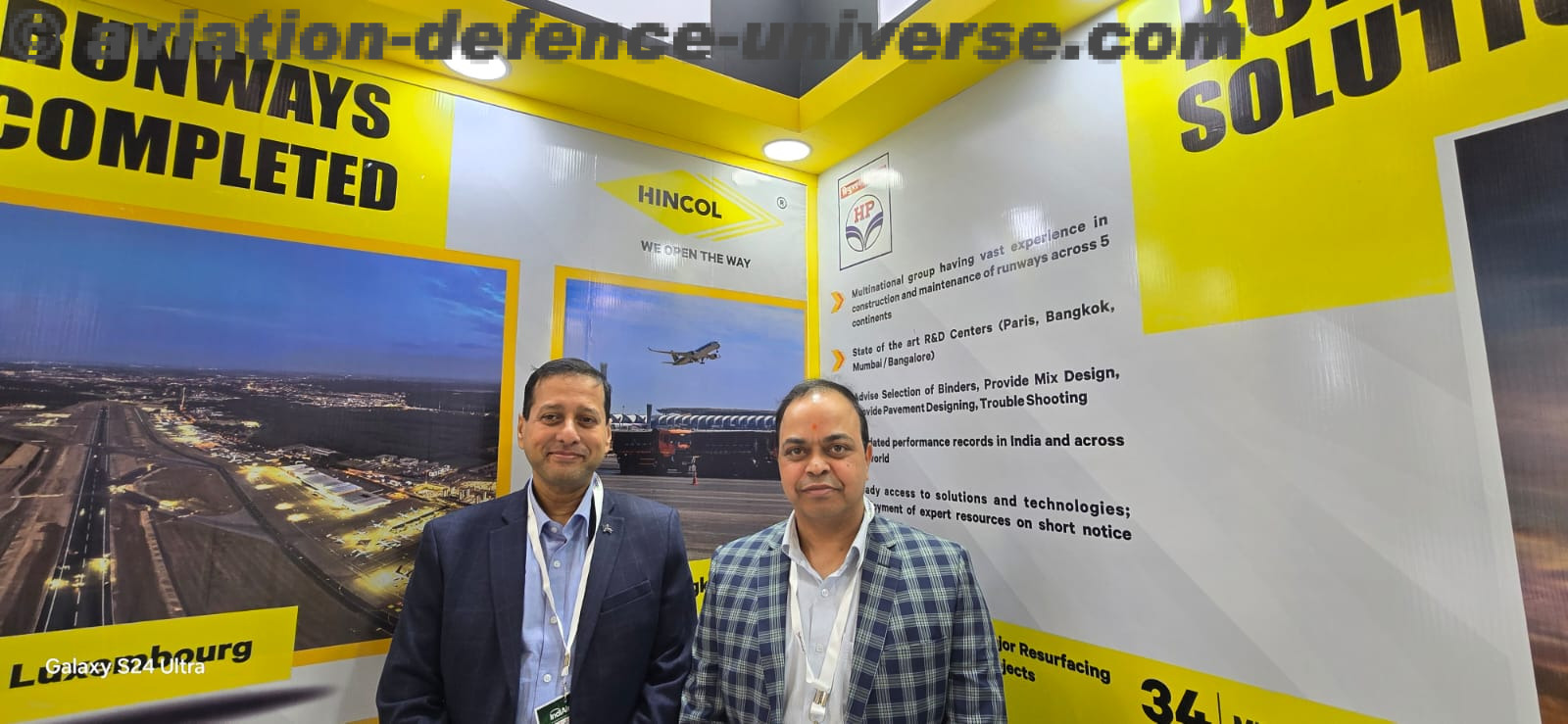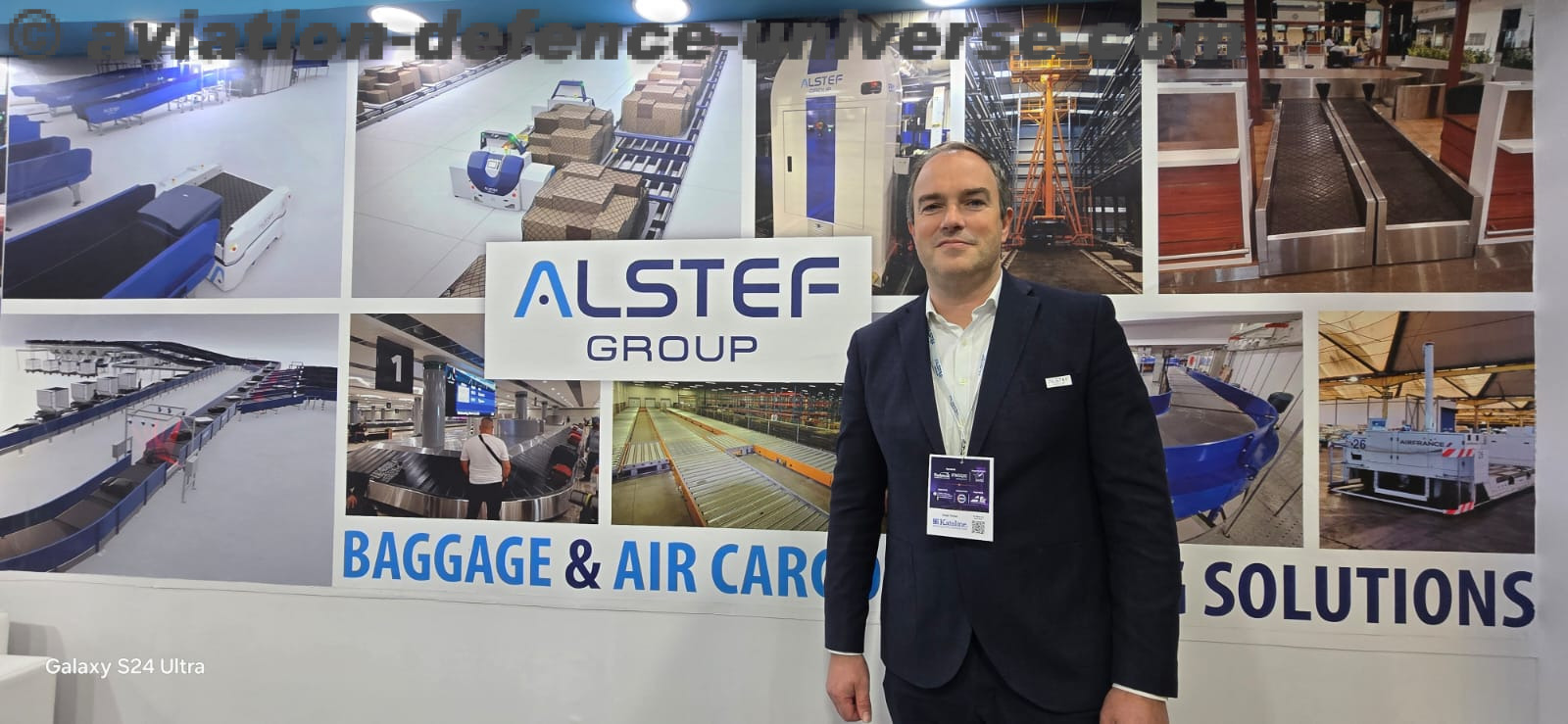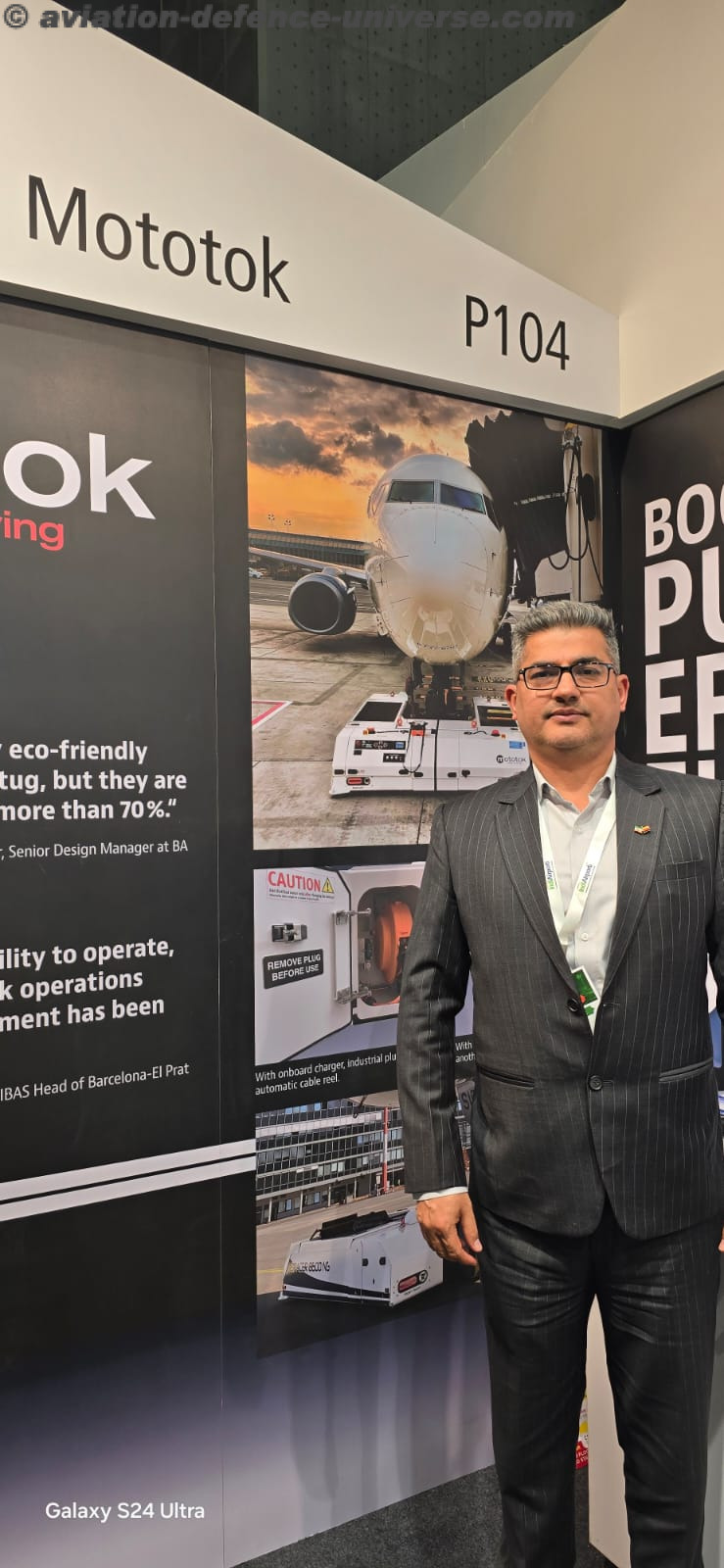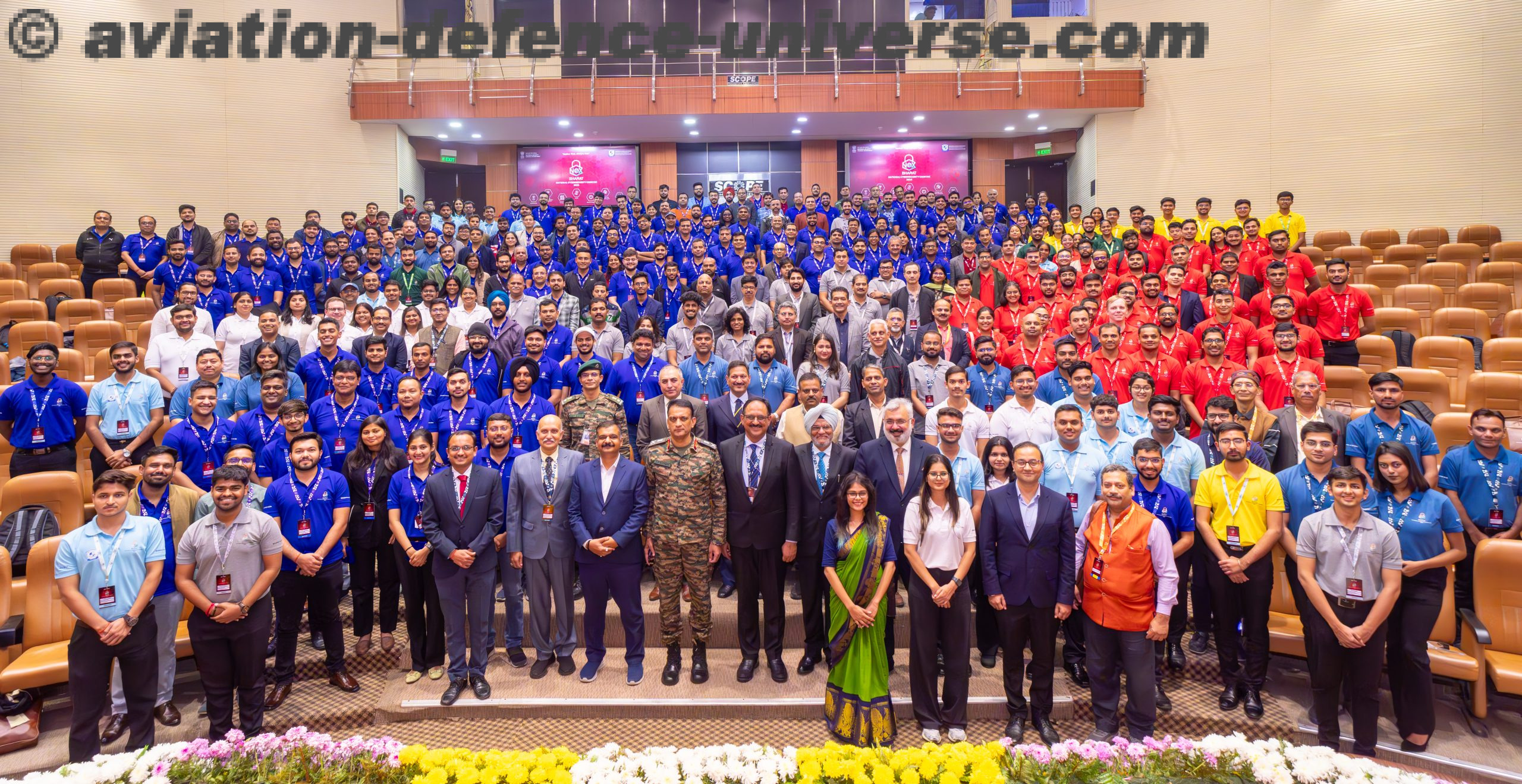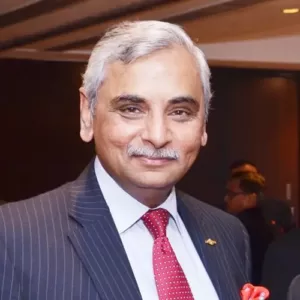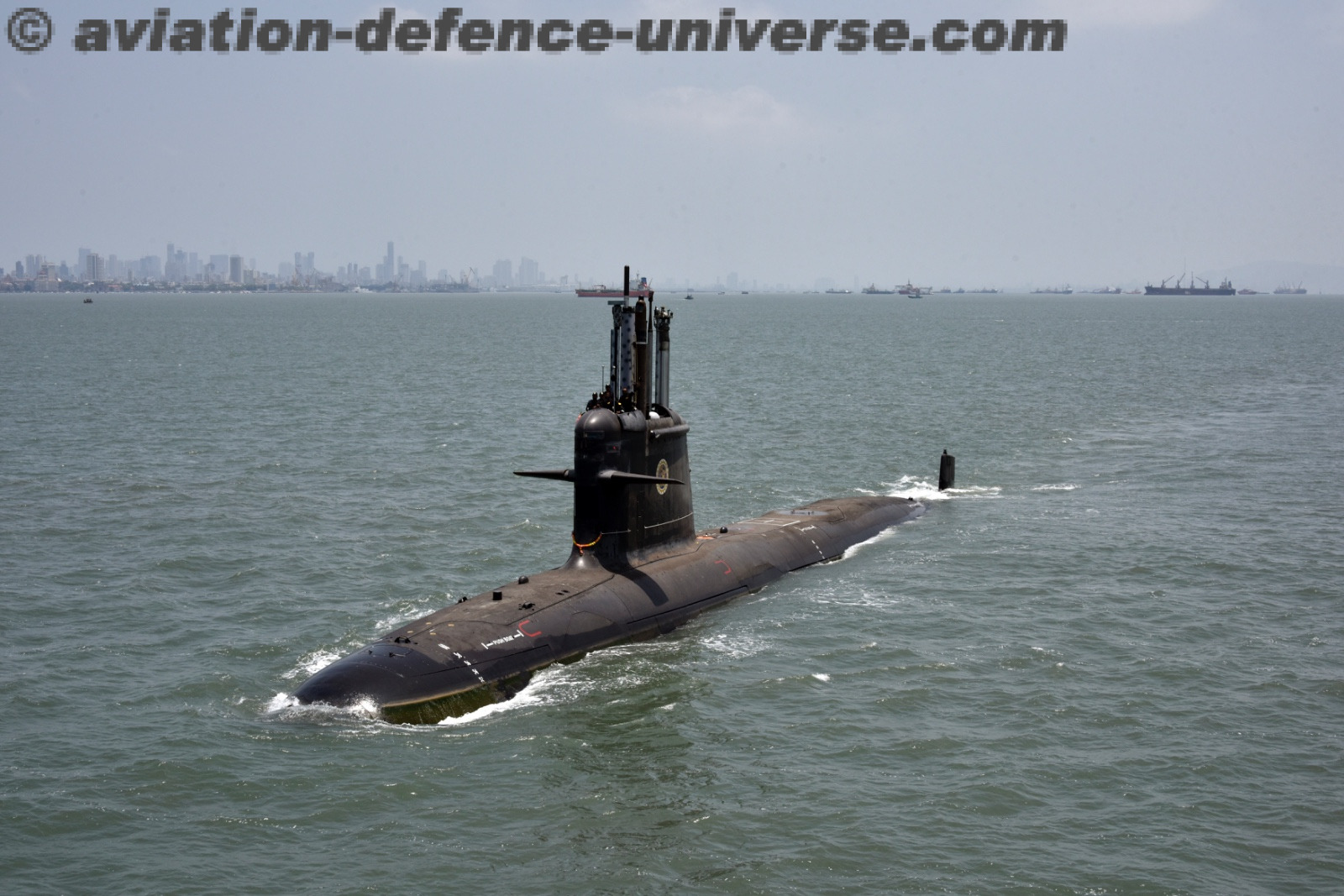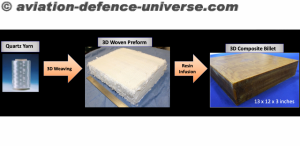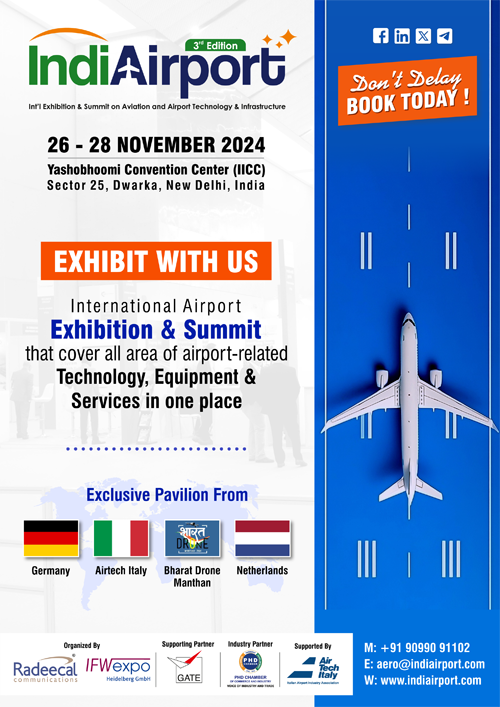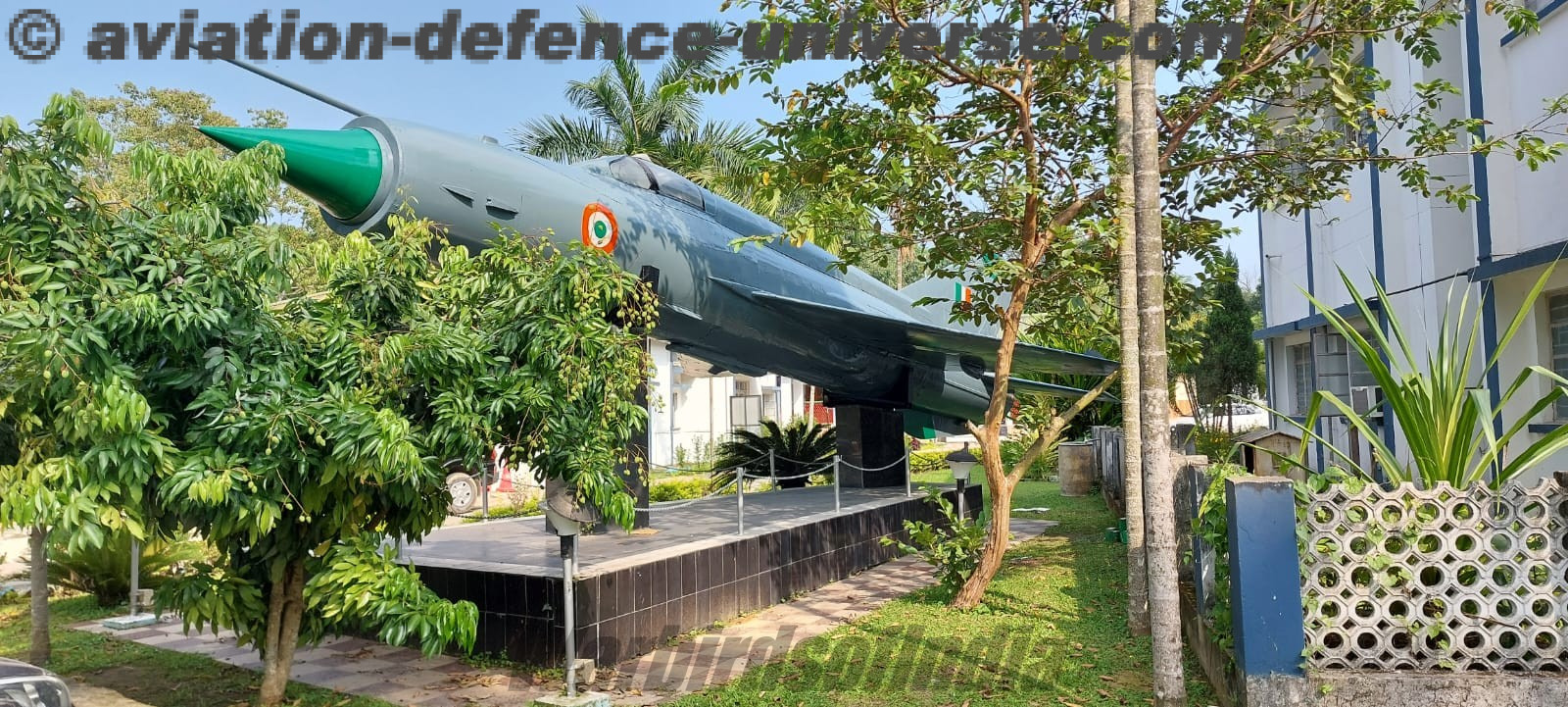By Damien Marc
With regards to aircraft, mankind’s ability to advance from the first ever flight, to ensuring the safety of flight and the subsequent widespread accessibility and availability of airborne travel, could be likened to three separate revolutions. Today, the industry’s current and equally important objective is to accomplish a fourth revolution – that of decarbonisation.
As a sector, we are one of the biggest contributors to greenhouse gas emissions and global warming. Even with improvements (current aircraft have a unit consumption [per passenger.km] five times lower than those manufactured in the 1960’s), we must continue to limit global warming to protect the earth we walk on, or in our case, fly over.
Such is the recognised importance of this quest, that a quantifiable commitment at the governmental level is now evident. In April this year, the UK government announced a two-year plan to speed up the design, manufacturing of zero emissions aircraft. Meanwhile, here in France, as part of the government’s wide-ranging ‘France 2030’ investment programme, President Macron recently invested 1.2 billion Euros into R&D activities aimed at reducing the environmental impact of aircraft and related products.
This push is also coming from organisations such as The International Civil Aviation Organisation (ICAO) and its CORSIA (Carbon Offsetting and Reduction scheme for International Aviation) scheme. This initiative will have mandatory participation from 2027 and is part of the ICAO’s goal to completely decarbonise the sector by 2050. At the same time, CORAC, an organisation I am a representative for in France, is focused on ‘aviation of the future’ setting its own goal of decarbonisation by 2035. This governmental and organisational support is incredibly encouraging and helps provide a clear roadmap, as well as the financial might required to support the industry’s efforts in achieving a decarbonised future.
Having been recognised for our innovation and ambition in the area of metal binder-jetting (MBJ) 3D printing, JPB Système has itself received a portion of the aforementioned government funding as part of our country’s France 20230 Programme. This is already being deployed towards developing our pilot manufacturing line geared to the creation and pre-industrialisation of aerospace parts for low-carbon aircraft.
While the most noticeable advancements that will allow us to hit decarbonisation targets will be in the use of sustainable fuels and innovative aircraft designs, 3D printing/additive manufacturing technology plays an important contributary role. Although just one of numerous ways to support the wider goal of decarbonising the aerospace industry, the technology reduces both raw material consumption and the weight of the components produced. These inherent attributes offer a potentially huge positive environmental impact across aerospace parts manufacturing and on the decarbonisation of aircraft. As such, MBJ will be a key focus of our technological developments to advance our production processes over the next few years.
In the sphere of aerospace endeavour, although dependent upon technological innovation, it could be argued that Man’s early historic accomplishments and perhaps more recent examples, were driven by curiosity, and an overall thirst for exploration and adventure. In this Fourth Revolution, this has changed to one of fundamental need and duty to effect meaningful change to ensure the long-term future of the planet itself.
Damien Marc is CEO of JPB Système a leading manufacturer of efficiency-enhancing technology solutions for aerospace, aeronautic and other industries, and supplier to the likes of Safran, Pratt & Whitney, GE and Rolls-Royce.


